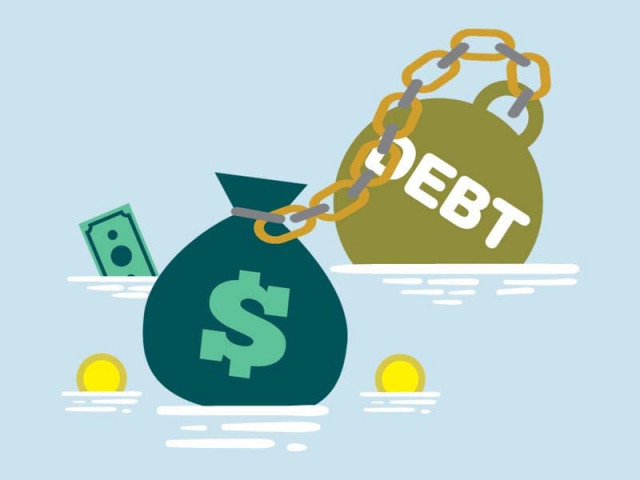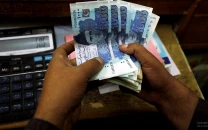Debt-for-nature swap bonds can ease woes
Pakistan can look at such options to borrow, reduce debt and protect environment

Pakistan's debt problems cannot be solved overnight by merely adopting contractionary monetary and fiscal policies to restrain demand and government stimuli.
With elevated foreign debt, unfortunately, the country constantly relies on debt rollovers from bilateral countries and commercial banks. Indeed, it does get uneasy for any borrower to constantly seek extensions; let alone paying the principal on time. This does have geopolitical implications and affects global power a nation can exhibit.
In this backdrop, while growing high-value exports, increasing foreign direct investment and attracting remittances would take its sweet time, innovative debt financing can mitigate the pressure marginally.
Distressed economies, which are usually not able to pay back their loans, sometimes opt for concessions. On the other hand, you have environmentally conscious investors and lenders, looking for ways to mitigate the adverse effects of climate change and trying to sustain living on planet earth. From protecting marine life, forest, biodiversity, animal life, organic vegetation, water infrastructure to avoiding consumption of plastic, fossil fuels, bio non-degradable materials, etc, there are bodies trying to bridge the gap between borrowers and lenders willing to protect the nature. Hence, debt-for-nature swaps (DFNS) are common instruments available for countries.
IMF's Resilience and Sustainability Trust caters to such needs effectively. Naturally, there are other ESG-sensitive lenders willing to receive lesser interest payments in lieu of borrower committing to undertake reforms that protect the environment.
Such ethically compliant and morally satisfying lending presents a win-win-win situation for an indebted country, the ethical lender and planet earth.
In recent years, we have seen Ecuador buy back $1.6 billion of foreign loans at cheaper rates, yielding $1 billion of total savings while committing to invest $18 million for 20 years for protecting the endangered ecosystem in the country.
Similarly, Gabon borrowed $500 million and promised to conserve their marine resources while utilising funds for development needs.
These bonds generally carry lesser risks and hence offer lower yields as political risks are insured by entities, enabling countries to borrow at cheaper rates to refinance existing debts while spending a portion of savings for environmental protection.
Several credit rating agencies view the buyback critically, if it is classified as distress exchange and averts a likely default or not. In Gabon and Barbados cases, Moody's didn't find that but in Ecuador's case it was deemed as credit default and thus had its own ramifications.
Now that Pakistan has successfully averted the risk of default by being in a medium-term IMF programme, the country can look at such options to borrow, reduce the outstanding debt, have annual dollar savings, commit to protecting environment and spend in domestic currency instead of US dollar coupon outflows.
Theoretically, Pakistan's 2051 maturity bond currently yields 12% annual return and if bought back at 8-9% can save $250-300 million over the life of the $300 million instrument. Of course, it is not that easy.
Having contributed much less to global carbon emissions, Pakistan is unfairly penalised every now and then with colossal damages from floods and agricultural losses due to uncertain weather patterns.
Though efforts should be made to stop greenwashing the purpose of debt-for-nature swaps, these instruments can marginally alleviate the external debt stress and pave the way for sustainable growth.
While there is a lot of talk on trying to convince China for debt elongation and reduction in returns on CPEC projects, instead Pakistan should offer such bonds to China, which can then lend money under the garb of green bonds to support their political allies under the BRI, avoid criticism over debt diplomacy and yet remain climate conscious.
The writer is an independent economic analyst



1728020501-0/Express-Tribune-Web-(13)1728020501-0-208x130.webp)







1726134115-0/BeFunk_-(41)1726134115-0-208x130.webp)







COMMENTS
Comments are moderated and generally will be posted if they are on-topic and not abusive.
For more information, please see our Comments FAQ